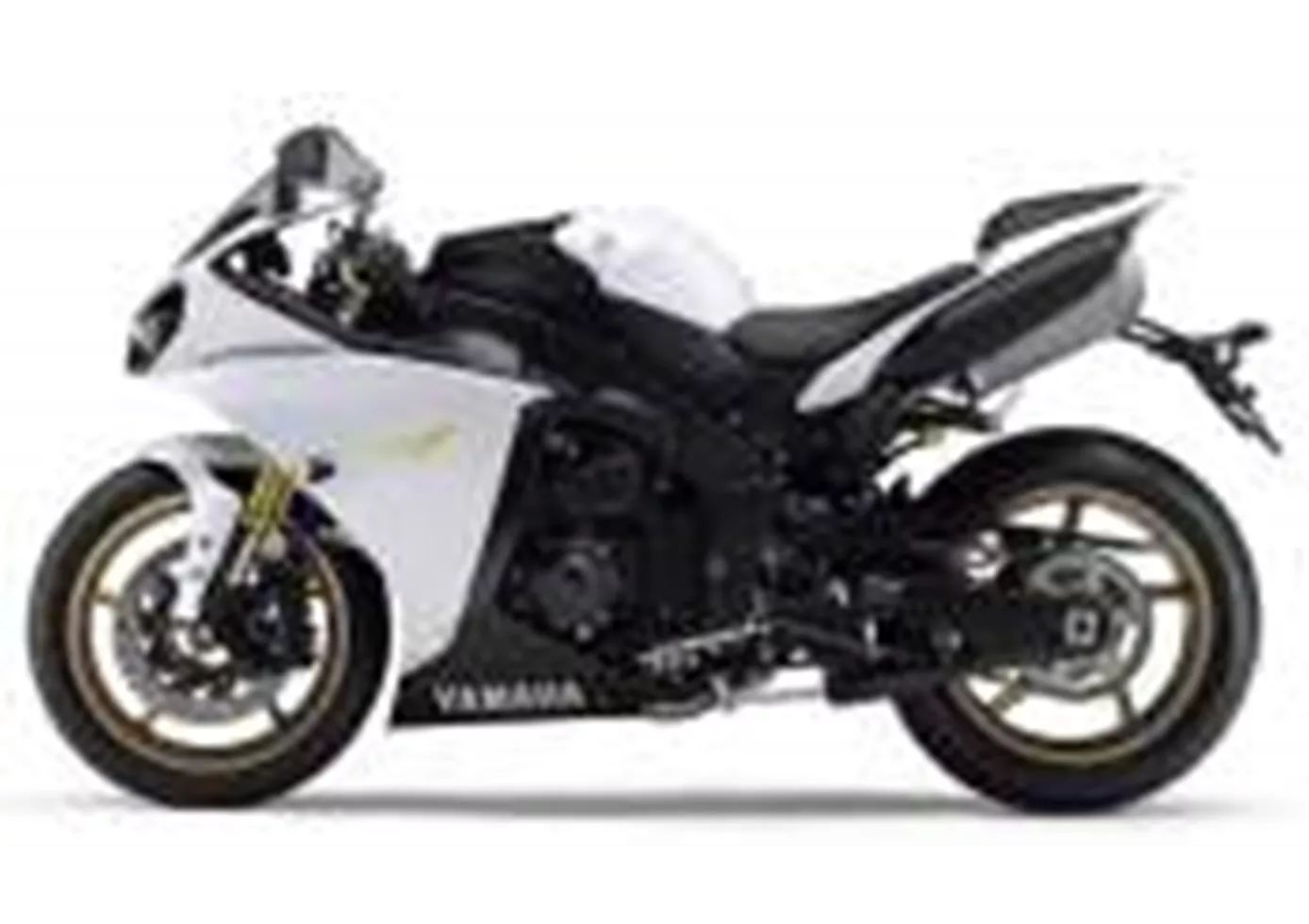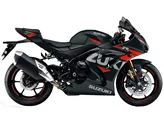Suzuki GSX-R 1000 2012 vs. Yamaha R1 2012

Suzuki GSX-R 1000 2012

Yamaha R1 2012
Overview - Suzuki GSX-R 1000 2012 vs Yamaha R1 2012
The Suzuki GSX-R 1000 model year 2012 and the Yamaha R1 model year 2012 are both powerful and highly regarded supersport motorcycles. While they have similar features and specifications, there are some notable differences between the two.
In terms of engine and drive train, the Suzuki GSX-R 1000 has a bore of 74.5 mm and a stroke of 57.3 mm, while the Yamaha R1 has a larger bore of 78 mm and a smaller stroke of 52.2 mm. Both bikes have a 4-cylinder DOHC engine with a displacement of around 1000cc. The Suzuki GSX-R 1000 has a slightly higher engine power of 185 HP compared to the Yamaha R1's 182 HP. However, the Yamaha R1 has a slightly higher torque of 115.5 Nm compared to the Suzuki GSX-R 1000's 116.7 Nm.
In terms of chassis, both bikes have an aluminum frame. However, the Suzuki GSX-R 1000 has a twin-spar frame type, while the Yamaha R1 has a Deltabox frame type. The choice of frame type can affect the bike's handling and stability.

Suzuki GSX-R 1000 2012
Both bikes have double disk brakes at the front, providing excellent stopping power. They also have the same front and rear tire dimensions, with a width of 120 mm and a diameter of 17 inches.
In terms of dimensions and weights, the Yamaha R1 has a slightly longer wheelbase of 1415 mm compared to the Suzuki GSX-R 1000's 1405 mm. The Yamaha R1 also has a higher seat height of 835 mm compared to the Suzuki GSX-R 1000's 810 mm. The Yamaha R1 is slightly heavier with a kerb weight of 206 kg, while the Suzuki GSX-R 1000 weighs 203 kg. The Yamaha R1 has a larger fuel tank capacity of 18 liters, compared to the Suzuki GSX-R 1000's 17.5 liters.

Yamaha R1 2012
In terms of strengths, the Suzuki GSX-R 1000 is praised for its pleasant and comfortable engine, powerful transmission, sporty and comfortable seating, light-footed handling, and well-tuned chassis. On the other hand, the Yamaha R1 is known for its pleasant vibration level, strong engine, precise transmission, high-quality impression, and good traction control.
However, both bikes have their weaknesses. The Suzuki GSX-R 1000 has radically close-cut geometries, which may not be suitable for all riders, and some technical improvements could be made. The Yamaha R1, on the other hand, has a high weight, suspension elements that are tuned a little too soft, and a relatively weak braking system.
In conclusion, both the Suzuki GSX-R 1000 2012 and the Yamaha R1 2012 are powerful and well-regarded supersport motorcycles. They have similar features and specifications, but each has its own strengths and weaknesses. Ultimately, the choice between the two will depend on the rider's preferences and priorities.
Technical Specifications Suzuki GSX-R 1000 2012 compared to Yamaha R1 2012
Pros and Cons in comparison
Pros and Cons in comparison
Suzuki GSX-R 1000 2012

It may well be that the market for 1000cc superbikes is shrinking, and it may also be true that the current price structure reserves this motorbike category for a very elite class. But for those who value the greatest possible acceleration and the highest fun factor, the Suzi is a comparatively good value.
Yamaha R1 2012

All in all, the R1 is given the thankless role of the comfortable, easy-to-ride sports bike in the 2012 model year. From a pragmatic point of view, that's not necessarily a bad thing, but try explaining that to your mates at the pub table.
Price Comparison Avarage Market Price Suzuki GSX-R 1000 vs Yamaha R1
There are a few key differences between a Suzuki GSX-R 1000 2012 and a Yamaha R1 2012. It takes less time to sell a Suzuki GSX-R 1000 with 51 days compared to 64 days for a Yamaha R1. Since model year 2005 1000PS.de editors have written 71 reviews for the Suzuki GSX-R 1000 and 80 reviews for the Yamaha R1 since model year 2005. The first review for the Suzuki GSX-R 1000 was published on 3/3/2004 and now has more than 7,100 views. This compares to more than 3,900 views for the first review on Yamaha R1 published on 4/28/2003.



















